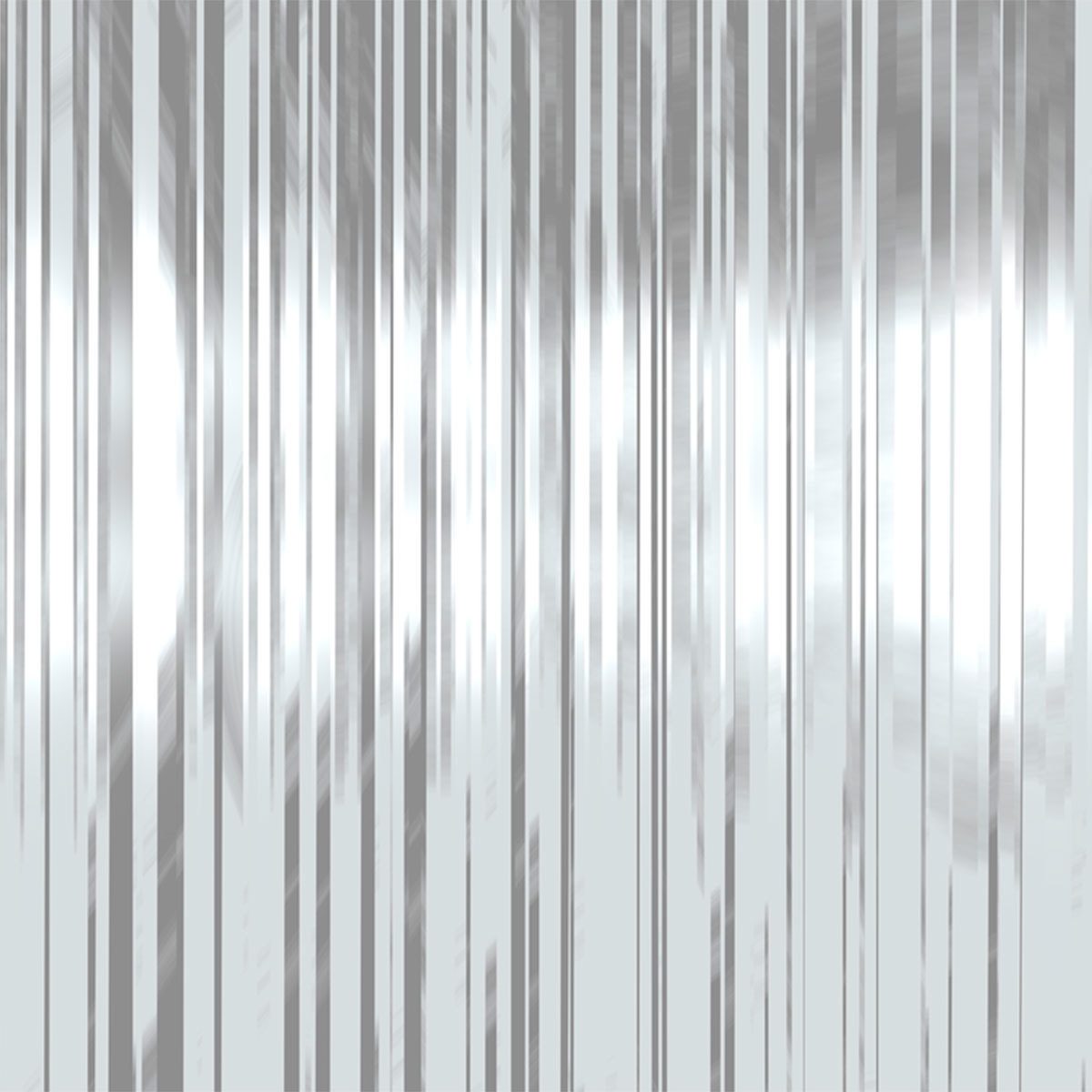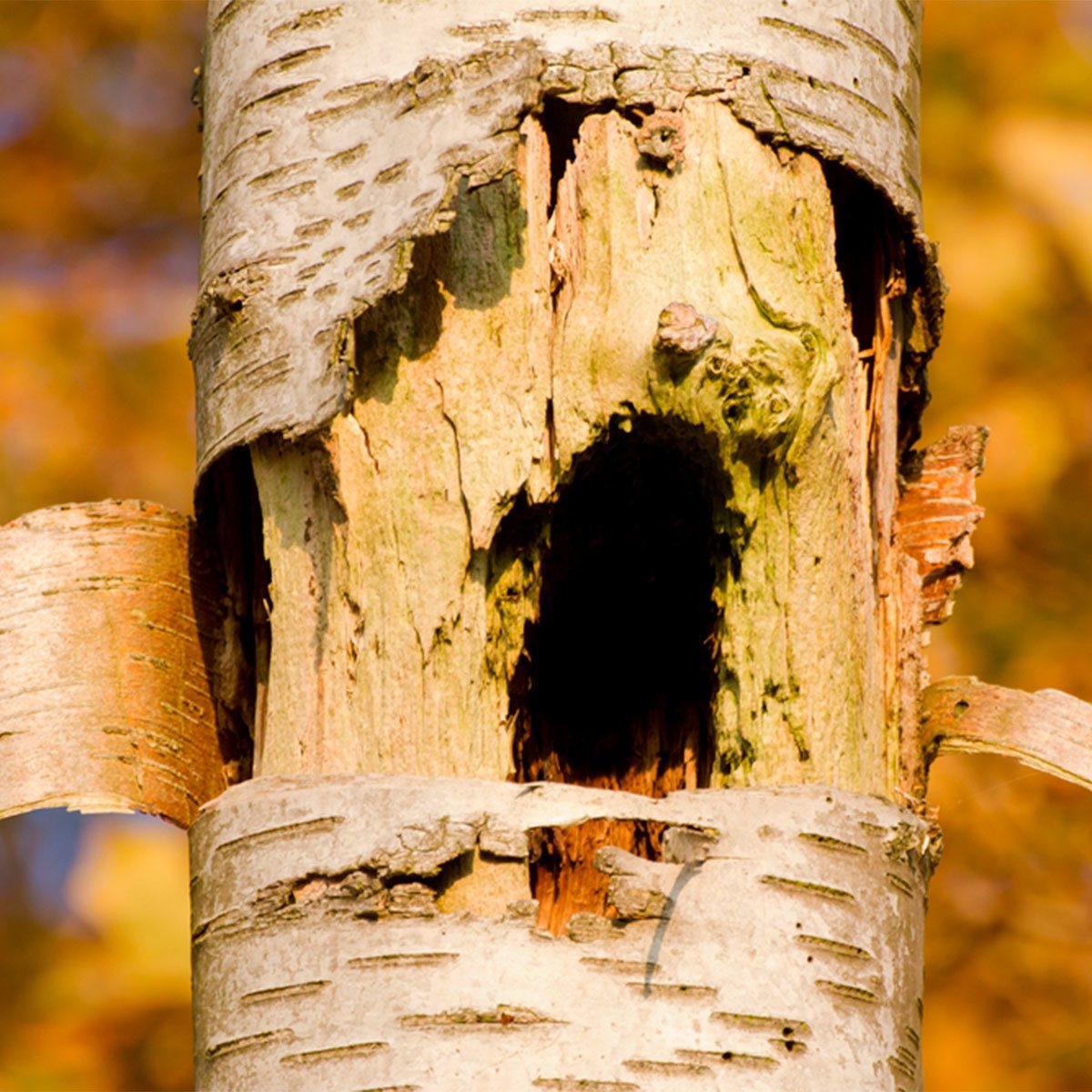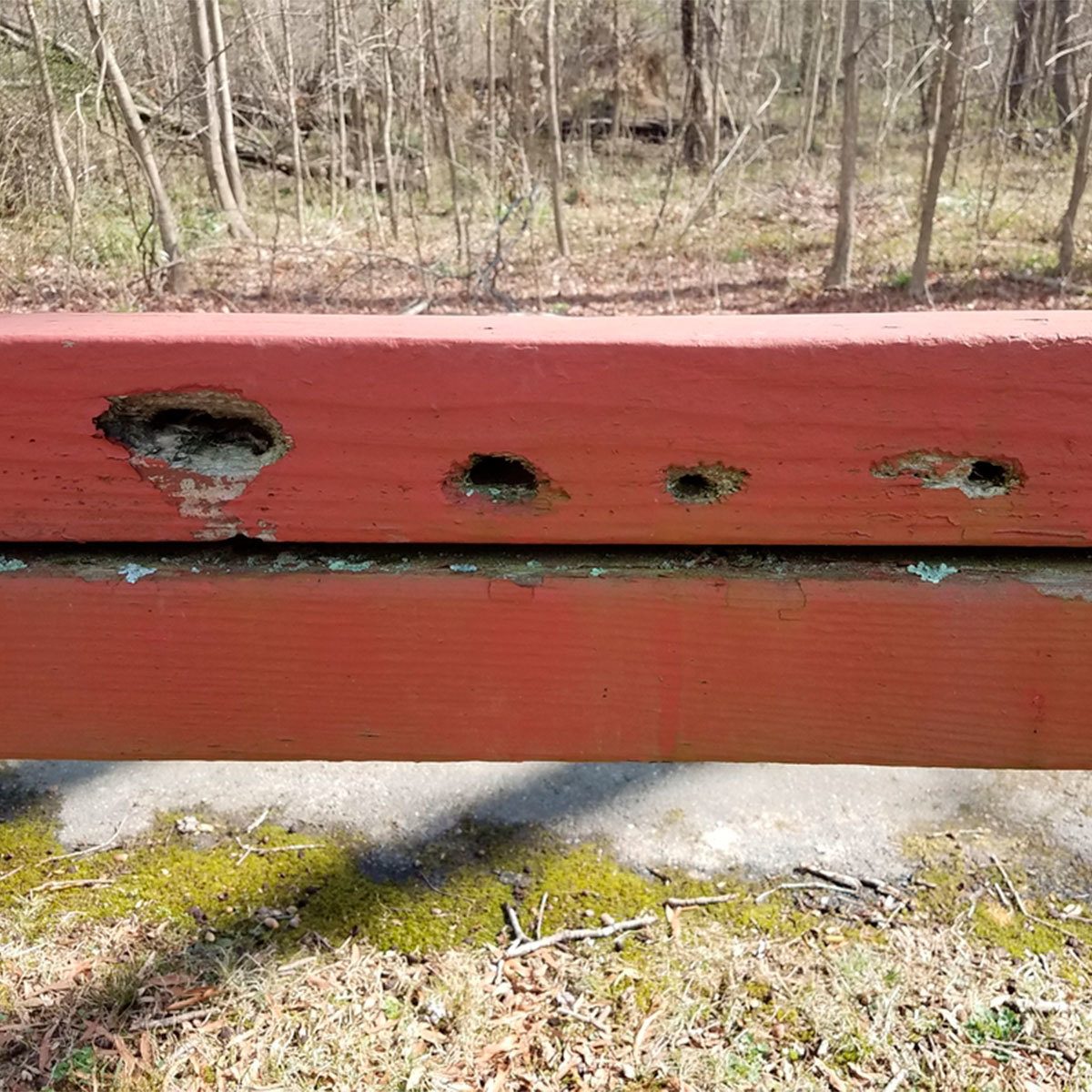1
/
6

How to Scare Away Woodpeckers: Noise Solutions
Noise solutions use motion detectors and speakers to create annoying sounds when it detects nearby birds. Many produce the cries of hawks and other predators to deter woodpeckers. These can prove effective, but the price and installation requirements can be challenging. There is also the danger that woodpeckers will also become too used to the noise and eventually start ignoring it.
2
/
6

How to Scare Away Woodpeckers: Reflective Tape and Motion
It can be very difficult to scare woodpeckers away over the long term: Deterrents like owl statues only work for a little while before birds get used to their presence. The key is to find something that is constantly moving and changing in ways that worry woodpeckers. Reflective foil tape works very well. Attach this tape near your woodpecker problem, and the wind will rustle the tape, making it gleam and shift to constantly scare away woodpeckers. Of course, you will have to accept hanging strings of foil from your trees or roof. Check out what else you can use aluminum foil for besides warding off aliens.
Pick up some reflective foil tape on Amazon.
3
/
6

How to Scare Away Woodpeckers: Netting
Some repellents are designed to coat your roof or siding with a sticky surface that woodpeckers hate: We do not recommend using these, since they have been known to damage roofing and siding materials, which is the last thing you want to do. However, a suitable alternative is bird netting, which you can cast over specific areas you want to protect (especially suitable for small businesses and trees). Woodpeckers will avoid getting tangled in the netting and leave the area.
Buy some bird netting on Amazon.
4
/
6

How to Scare Away Woodpeckers: Plugging Holes and Filling Insulation
When woodpeckers start nesting, you will want to remove any small holes or gaps in your house where they could set up a nest of their own. That means caulking cracks, filling in gaps, putting screens over your roof vents and making sure there are no spaces in attic insulation that may allow a curious bird to enter.
5
/
6

How to Scare Away Woodpeckers: Wrapping Trees
Some woodpeckers can be very damaging to your trees. The yellow-bellied sapsucker, for example, loves to peck holes in ornamental trees, which can cause damage and open trees up for diseases and mold problems. If you notice woodpecker damage to your trees and you are wondering how to deter woodpeckers from ruining your landscaping, consider wrapping them in affordable burlap bags. Woodpeckers usually won't try pecking through the bag. However, keep in mind that woodpeckers tend to go for brittle, diseased wood, so if they are attracted to certain trees in your yard you may want to get them checked for problems.
6
/
6

Taking Care of Other Pest Problems
Woodpeckers tend to follow pests. When looking at how to deter woodpeckers, make sure you deal with other issues such as carpenter ants, carpenter bees, leaf-cutter bees, wasps, and others that dig into your roof, eaves, siding, fences and trees. If you have problems with those pests, woodpeckers will keep coming back. Consider calling a removal or control service if it looks like bugs are lingering.